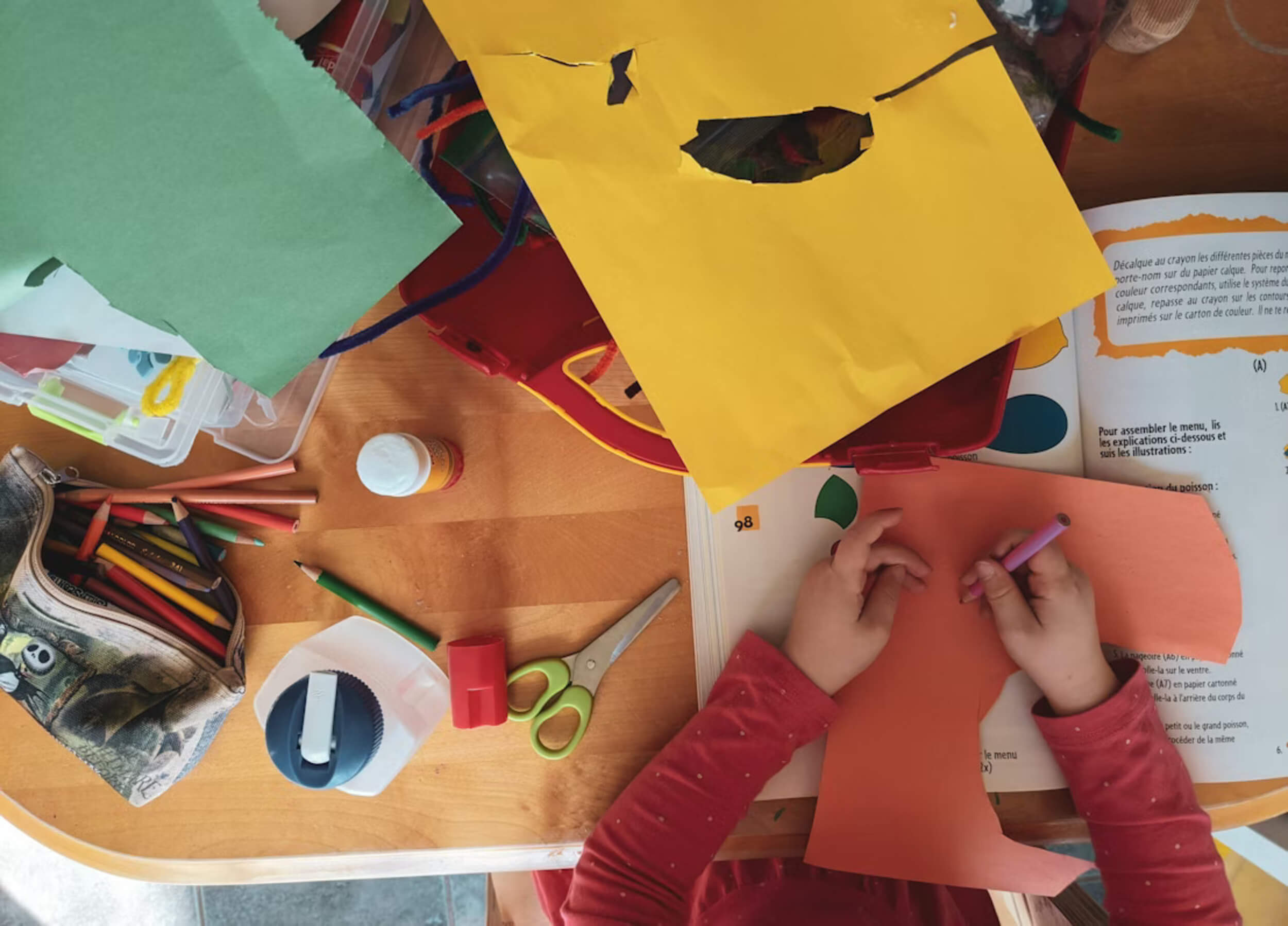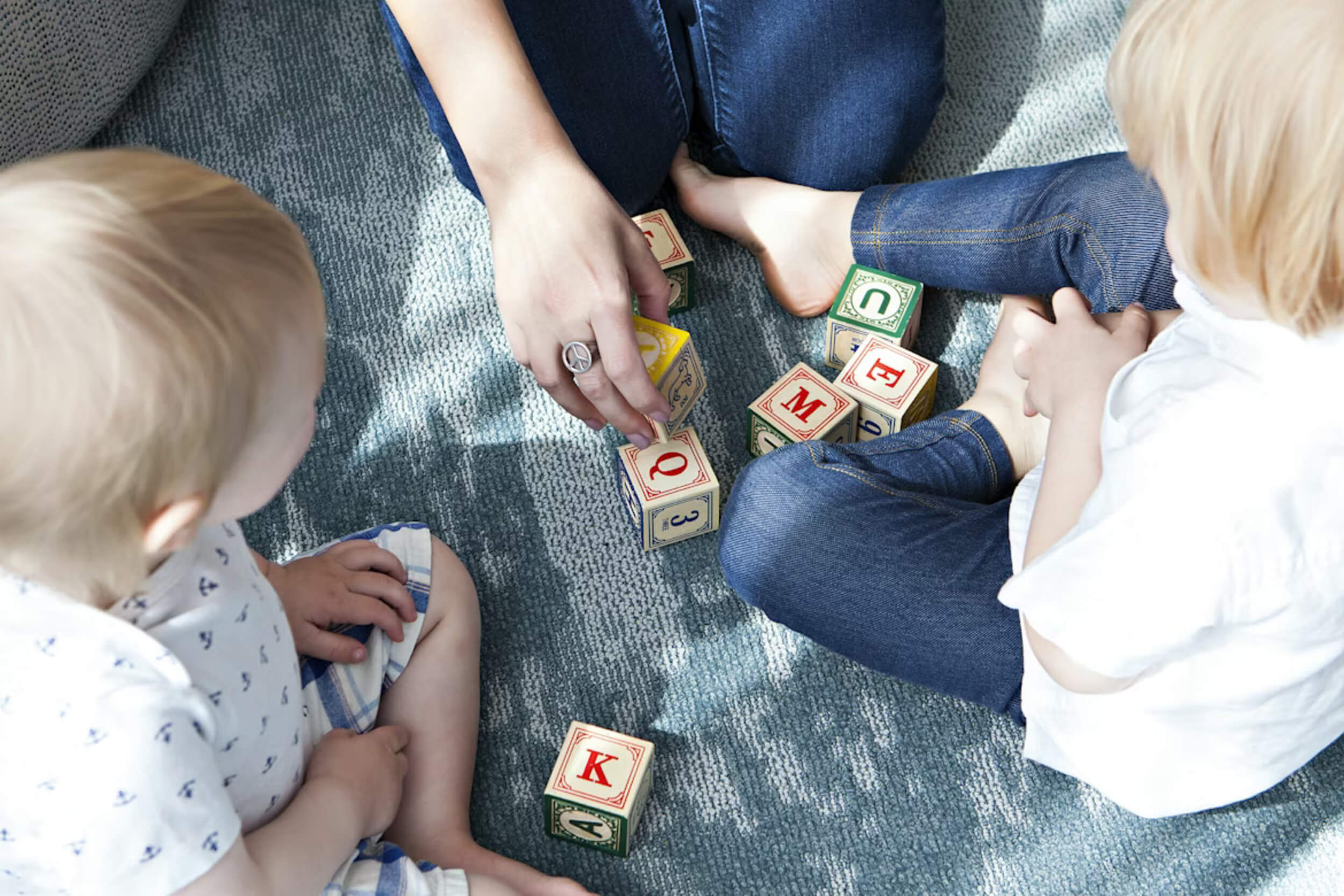There was a time when evenings at home felt more like passing strangers than family. Dinner plates sat empty because someone had practice, another had work, and phones often stole attention when people did sit down together. Weeks went by without a real conversation, and it became clear something was slipping away.
One night, after another rushed meal, the family agreed to make small changes—nothing fancy, just simple habits they could keep. They started with one meal together each week, no phones, no rushing. Slowly, it grew into something everyone looked forward to. The lesson was clear: modern families can stay close not through perfect plans or big gestures, but through everyday habits that fit into their busy, real lives.
The Power of Small Daily Rituals
Little routines often matter more than big events. A quick breakfast together, even if it’s just toast and coffee, gives everyone a moment to connect before rushing out the door. These simple check-ins help kids feel noticed and parents feel grounded.
Consistency matters more than perfection. You don’t need every single day to look the same; you just need to show up in small ways often enough that it becomes part of the family rhythm.
Try these small rituals:
- Share one thing you’re thankful for at dinner.
- Do a short “how was your day” chat before bed.
- Create a weekend walk or snack break together.
Even on tiring nights, a short goodnight routine like a hug or a story anchors kids. It’s proof that modern families can stay close through regular habits, not perfect schedules.
Be Flexible, Not Perfect
Not every family member will always be around, and that’s fine. Connection doesn’t disappear just because someone’s late from work or busy with sports. What matters is showing up with the people who are there.
Think of it this way:
- A ride to practice can turn into a mini-conversation.
- A quick call during a break can replace a missed meal.
- A video chat at bedtime can give comfort when someone’s away.
The goal isn’t everyone being together at the same time every day. Instead, it’s making sure moments of connection aren’t skipped just because the picture isn’t perfect. This flexibility removes pressure and reminds us that modern families can stay close by making the most of what’s available, even if the scene looks different each day.
Let Conversations Breathe
Family time doesn’t need to be scripted. When people gather, talking naturally happens—and that’s a good thing. Sometimes, the chat before a meal or a few silly jokes at bedtime are the best parts of the day.
Here are easy ways to let conversations flow:
- Leave a little time before meals for chatter.
- Ask open questions like “What made you laugh today?”
- Play a quick word game or share funny memories.
Laughter, stories, and even light debates build trust and comfort. Instead of rushing through, see casual talk as part of bonding. Modern families can stay close not by forcing “deep talks” but by enjoying the ordinary conversations that come up when no one feels rushed.
Build Traditions That Feel Like Yours
Traditions don’t have to look like a holiday feast. They can be simple habits that repeat often enough to give everyone something to look forward to. Children especially thrive when they know there’s a routine to count on.
Easy traditions could be:
- Pancakes every Sunday morning.
- Friday night board games or a family movie.
- Seasonal rituals like carving pumpkins or summer ice cream walks.
Letting kids help choose makes it more exciting and ensures buy-in from everyone. These traditions become family “anchors”—small events that hold meaning and stick in memory. Over time, they shape identity and bring joy. That’s how modern families can stay close, by creating their own rhythm of togetherness that feels natural instead of forced.
Keep Tech in Its Place
Phones and screens can pull families apart if they take over every moment. At the same time, technology can be useful when it connects people who are far apart. The trick is balance.
A few helpful practices:
- Pick no-phone zones like dinner or bedtime.
- Use group chats to share updates, jokes, or photos.
- Create digital albums where everyone adds favorite memories.
The point isn’t to ban technology but to make sure it serves the family instead of replacing it. When tech has boundaries, people focus on each other more often. By being mindful about how and when it’s used, modern families can stay close while still enjoying the good parts of technology.
Share Responsibilities and Celebrate Wins
Chores and daily tasks can either cause tension or bring families together. When everyone pitches in, it lightens the load and builds respect.
Here are practical ways to share the work:
- Rotate who clears the table or folds laundry.
- Pair up for cooking to make it fun.
- Involve kids in age-appropriate tasks so they feel capable.
Celebrating the results matters too. Cheer for a clean room, clap for a finished project, or mark family goals with a small reward. These moments create a sense of teamwork and belonging. Instead of chores feeling like punishment, they turn into shared wins. With this kind of attitude, modern families can stay close by turning ordinary tasks into bonding opportunities.
Show Affection and Appreciation
A hug before school, a smile after work, or a simple “thank you” can mean more than we realize. Affection isn’t just for little kids—it reassures teenagers and adults too.
Simple ways to show love:
- Give a pat on the back for effort.
- Say out loud, “I’m proud of you.”
- Notice small acts, like someone emptying the dishwasher.
When children grow up in a culture of gratitude and warmth, they carry it into their own relationships. Parents set the tone by modeling appreciation. These daily reminders of love keep bonds strong and healthy. In these ordinary gestures, modern families can stay close without needing anything fancy or complicated.
Give Space for Honest Talk
Families need a safe place to share feelings, even the hard ones. When kids or partners know they can talk without being judged, trust grows.
To build this space:
- Listen first without interrupting.
- Ask “How can I support you?” instead of rushing to fix.
- Keep the tone calm, even when emotions run high.
This kind of open communication helps children learn how to handle their own emotions and encourages adults to express themselves too. It may not always be neat or easy, but it keeps the family connected through honesty. Modern families can stay close by making room for real talk, not just surface-level updates.
Closing Reflection
Family life will never look perfect, and it doesn’t need to. Busy schedules, noise, and interruptions are part of real life. What matters most is choosing to show up in small, steady ways that build trust and love.
The takeaway is simple: intentional presence is more powerful than constant presence. A few minutes of genuine connection beat hours of distracted time together. Every hug, shared laugh, or quick check-in matters more than families often realize.
Even in the busiest seasons, modern families can stay close by leaning on habits that fit into daily life. The beauty is in the effort, not perfection—and that’s what keeps relationships strong for years to come.















